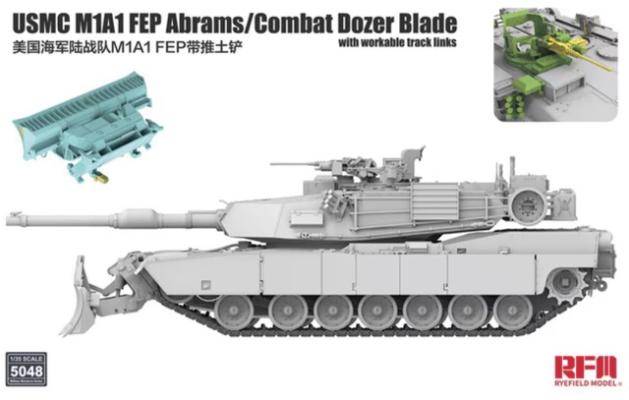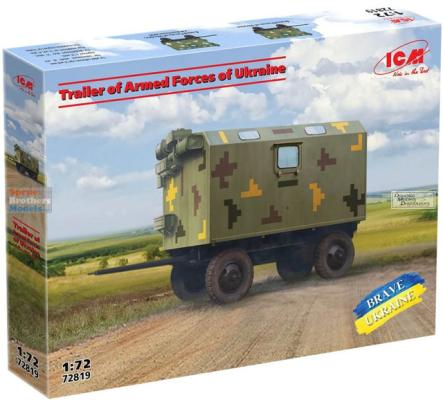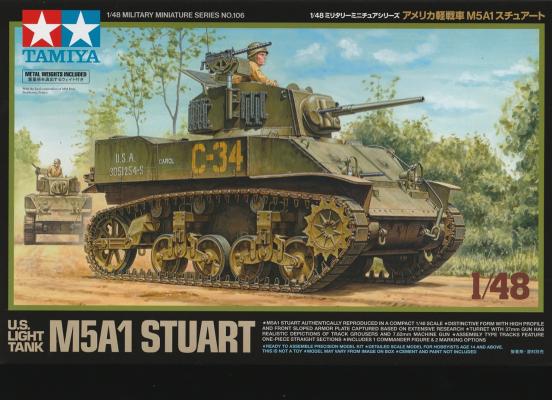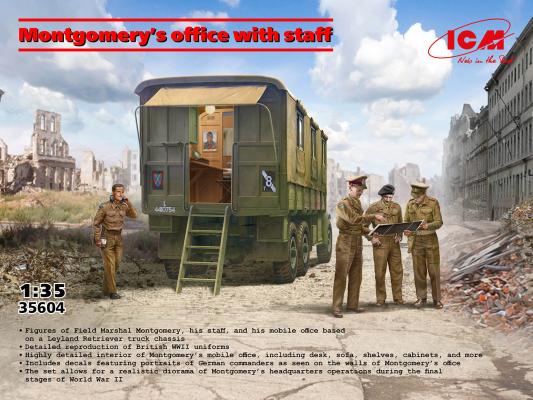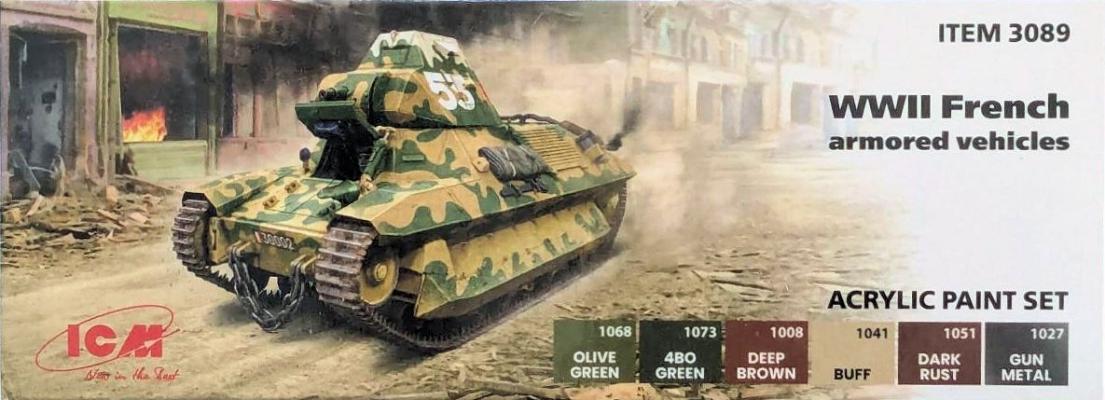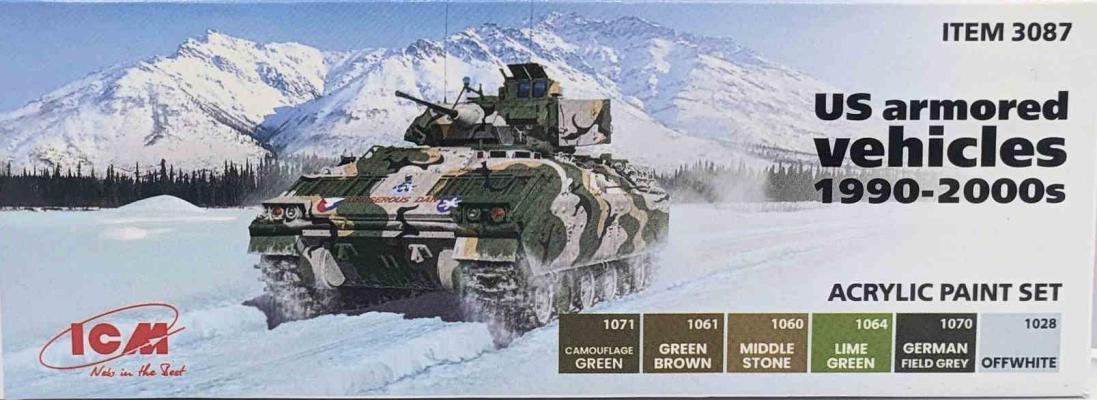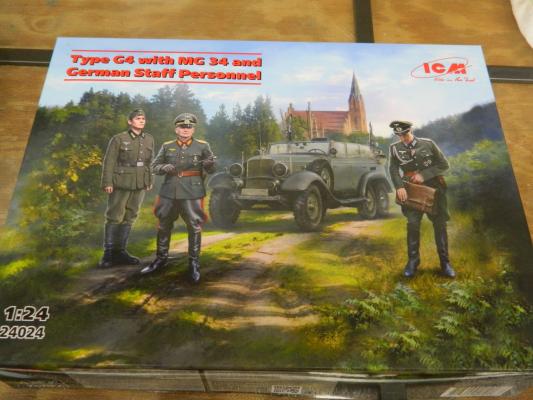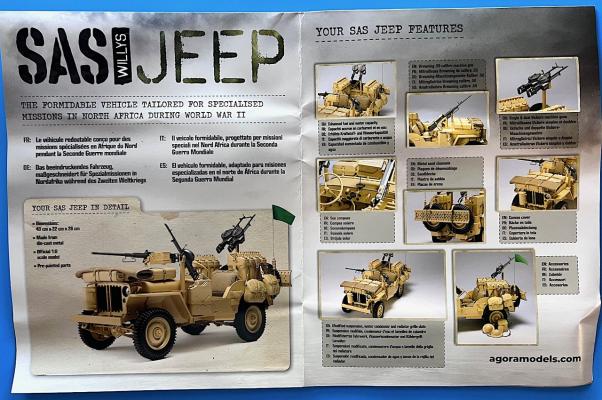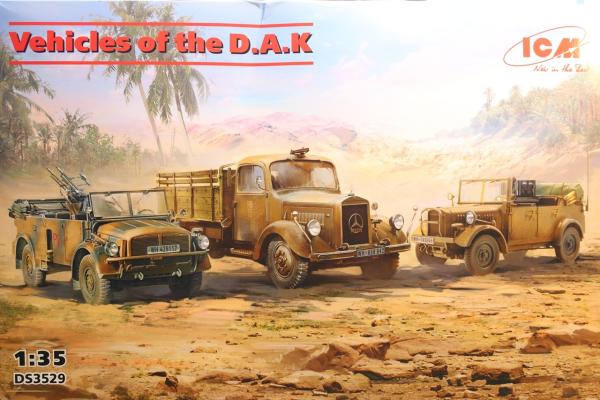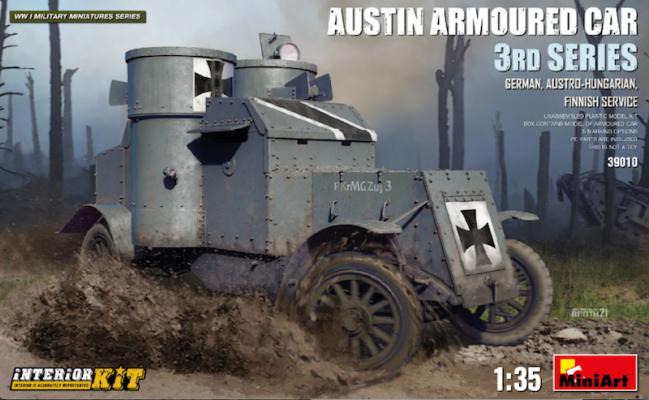Historical and Reference Notes
There are any number of articles about the Abrams tanks, as it was used widely in the Gulf wars and is still being refitted and continually upgraded in the US Army and the US Marine Corps (though the USMC has now traded theirs and discontinued their use of tanks). It was a significant improvement to the M60 series tanks which it replaced This is the culmination of years of research and started in the early 90’s to build over 4600 Chobham armored Abrams tanks (with approximately half of them now in storage). These heavy tanks have almost all been upgraded in several packages each of which have some unique design qualities (including the M1A1, M1A2 SEPv2, and the most advanced M1A2 SEPv3). There are also a total 10,000 Abrams that have been produced worldwide. They range in weights over 147,200 pounds (66.8 tons) and can weigh up to and over 170,000 with added armor and protection details.

